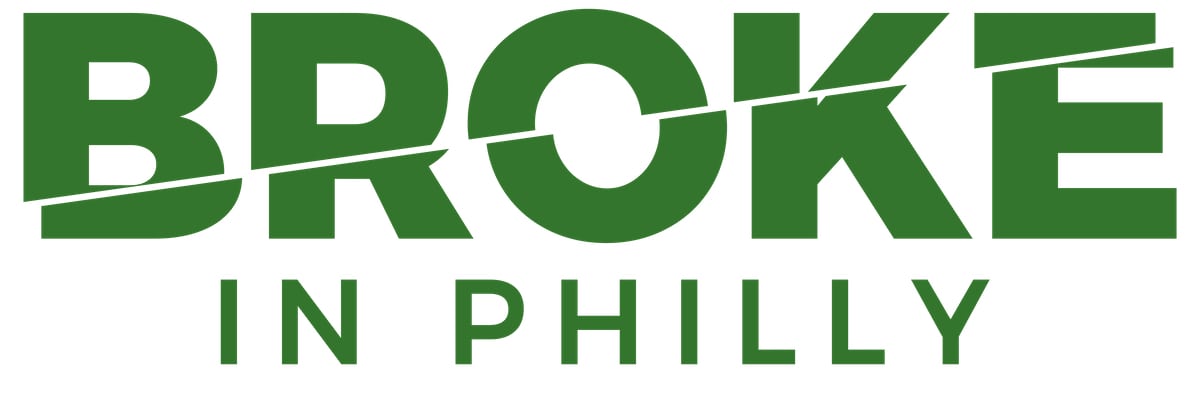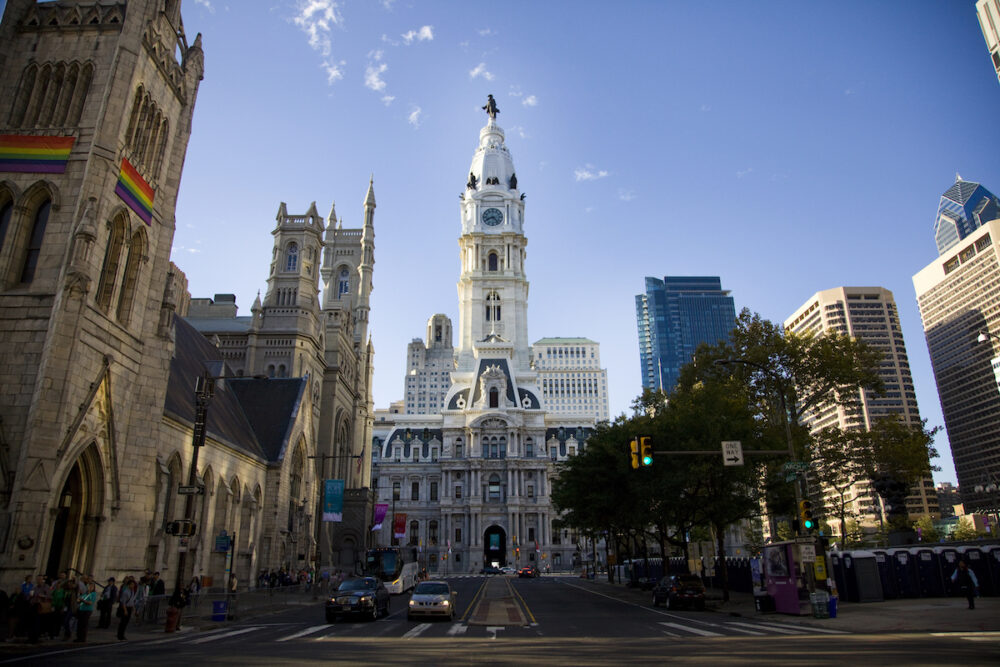Understanding internet access and usage was always a task for the City of Philadelphia’s Office of Innovation and Technology (OIT). The pandemic made that work clearer to the public.
Working toward digital equity — a baseline condition where everyone has the capacity and resources to participate in the parts of life that include or require technology — became an easier-to-see goal, as Andrew Buss, deputy chief information officer for innovation management, said Tuesday.
“I thought it was a bit hard to talk about that issue and for people to understand it, but that has changed,” he said. “And not necessarily in a good way for a lot of people. Going forward, we know it’s an issue and we’re making good progress.”
The City today announced a five-year plan for how it will continue to address digital equity and the digital divide, challenges that have become more pressing amid the technology-centric life of the pandemic. The City also established an executive order dedicated to addressing digital equity through an official policy, mandating that all government departments comply with the goals and strategies laid out in the plan.
Where digital access stands now in Philadelphia
Before the pandemic, the office had stats via the US Census Bureau’s American Community Survey showing around 70% of Philadelphia households had access to high-speed broadband access in 2019. The pandemic’s arrival in Philadelphia meant that those 30% of homes without were incredibly vulnerable, leaving out those who now needed to work from home, learn from home or complete tasks like doctor’s visits from home.
The City has been working over the last two years to improve those numbers, introducing programs like City’s PHLConnectED, working with Comcast’s Internet Essentials and encouraging use of the federal Emergency Broadband Benefit (now called the Affordable Connectivity Program). It’s advanced its own initiatives like the Digital Literacy Alliance that supports digital access, and reimagined public computer centers, or KEYSPOTS.
In October, results from a summer 2021 survey about how many households were now connected to broadband internet access showed conditions had improved: 84% of Philadelphia households had broadband access, and 91% of households with K-12 families were connected, with 92% of them having a desktop, laptop or tablet. Eighty-one percent of all households had a desktop, laptop or tablet. The 16% of households without internet now are largely made up of low-income homes or those with elderly residents, officials said.
Digital equity strategies will focus on these and other populations that remain connected at low levels.
“The creation of the Digital Equity Plan and the official decree of the policy will help the City better address the various issues that contribute to the digital divide,” Chief Information Officer Mark Wheeler said. “Philadelphia’s digital equity work now has a strong foundation through better resourcing, strategies, goals, and an overall understanding of the city’s needs.”
The plan to boost digital equity
The five-year plan announced this week, called “A Digital Equity Plan for the City of Philadelphia,” outlines where the city currently stands, including its key challenges and barriers to higher digital equity. It also sets out four main goals — upping the number of accessible devices, addressing internet connectivity, developing digital training and workforce skills, and sustaining the ecosystem needed to increase digital equity. Each goal has a set of strategies it will use to achieve those goals over the next five years.

The four main goals and key initiatives of the City’s five-year digital equity plan. (Image via plan)
Some of the key barriers right now are affordability of both internet connection and devices, the speed of the connection, limited internet options, housing vulnerability, the lack of municipal networks and limited human touchpoints — places where folks can help guide each other through digital life.
The five-year plan has been in the works since late 2020, and through about a year of community meetings, cross-department coordination and work with this existing programs, OIT has determined what it will be working on through 2027. The plan leans on existing digital inclusion initiatives, including KEYSPOTS, digital navigator programs, the Digital Literacy Alliance, PHLConnectED and PHLDonateTech.
“Some we’re calling out here have already started this work, like PHLConnectedED,” said Juliet Yates, the City’s digital inclusion manager. “It’s working and we want to maintain it — that’s why it’s in the plan. We’re thinking, ‘How can we expand this over the next five years?’ Then there are some that are in their very infancy.”
Yates called out the recent work of Philly Community Wireless, a group working on a mesh Wi-Fi network in North Philadelphia that provides free internet within the bounds of the neighborhood, as programs they’re watching and would like to work with or support.
Funding and executing the plan
The many initiatives the plan outlines either have funding already or are in need. The City will be looking at federal and state funding as it moves forward with these initiatives, officials said. And while the plan is executed over the next few years, the City will hold opportunities for public commenting. Buss said the plan, though clearly outlined and intentioned, can be thought of “as a living document.”
Another factor the City is considering as it establishes new initiatives is that the online systems it’s putting in place should promote best practices around software and application tools. They need to be accessible, ADA approved and multilingual.
“We want to make sure they are created with the folks in mind and with their input,” Yates said.
And it wasn’t mentioned on Tuesday, but the question lingers: Where could crypto fit in the funding equation? Though CIO Wheeler told Technical.ly last week that it’s still in the earliest stages of discussion, there’s a possibility that the City could join the CityCoin program to fund civic projects — including digital access initiatives like the ones laid out in the new plan. We’ll keep an eye out.
Read the Digital Equity Plan here
Technical.ly is one of 20+ news organizations producing Broke in Philly, a collaborative reporting project on solutions to poverty and the city’s push toward economic justice.
Before you go...
Please consider supporting Technical.ly to keep our independent journalism strong. Unlike most business-focused media outlets, we don’t have a paywall. Instead, we count on your personal and organizational support.
Join our growing Slack community
Join 5,000 tech professionals and entrepreneurs in our community Slack today!

Entrepreneurship is changing, and so is the economic development behind it

Tech Hubs’ new $210M funding leaves Baltimore and Philly off the table

Here’s what to know before using AI to craft your brand’s social media posts


